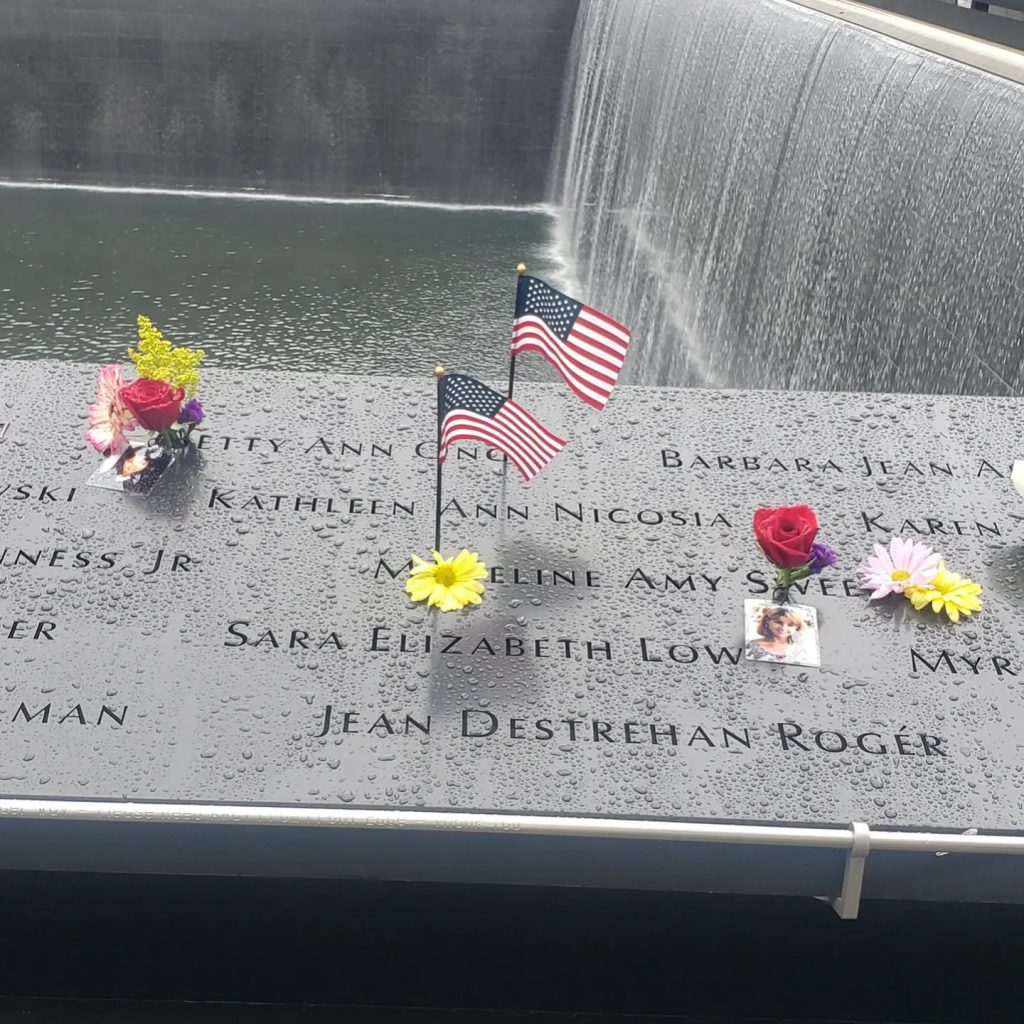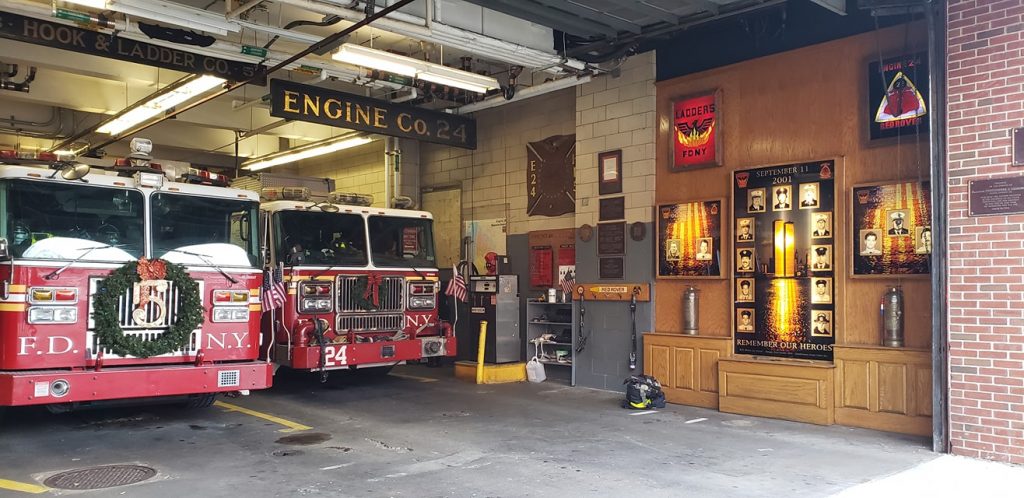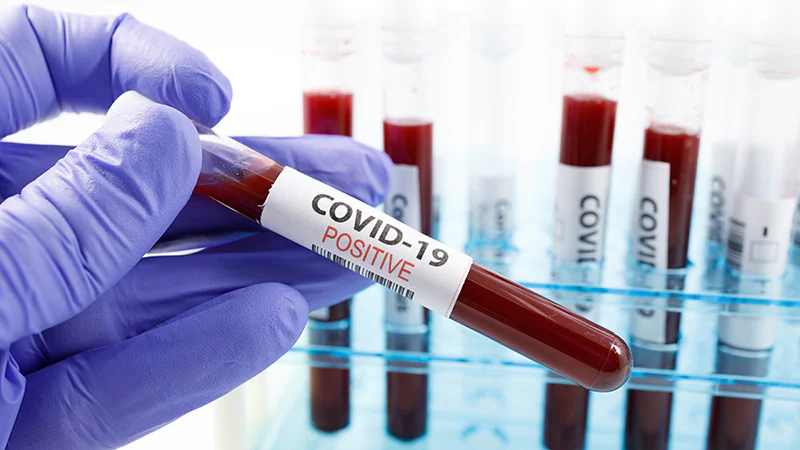Seemingly every year about winter time, preparedness sites focus on life saving items to keep on your nightstand, or items you should keep near you at night. And it makes sense, as many emergencies can occur in winter time, including ice and snow storms, fires and break-ins. So here’s our take on the age-old question.
Source of Light can be a LifeSaving Item (Flashlight/Headlamp)
Emergencies can come at any hour. but not being able to see during the emergency makes things all that much more dangerous, not to mention scary. Keeping a flashlight handy can save your life or at least make you much safer.
There are several approaches to having light sources available. Personally I suggest keeping a high lumen handheld flashlight like this one.

These types in particular allow you to focus the beam very far away or broaden the focus to light up an entire room, or even a backyard.
Many of these models of flashlights have safety loops you can wrap around your wrist when using them. And that loop can be used to hang the light close to your bedside.
In addition, it’s highly recommended you consider including a headlamp that can be used to free up your hands in a disaster situation.
Imagine needing to quickly grab items, like bug out bags, or weapons, and having to fumble around with a flashlight while doing so. Using a headlamp allows you to avoid this exact scenario. Be careful to try a few different types. Some can be pretty heavy and not very effective for long term use.

Another aspect of headlamps that can be important, not necessarily in emergency situations, is the ability to change the amount of light and even applying a red filter. Changing the amount of light allows you to save on battery life. And, of course, the red light is better for keeping your eyes’ natural night vision.
Cell Phone or Mobile Device
There is no doubt, the cell phone is one of the best tools we can have available to us in emergency situations. Emergency services can be called. Quick information lookups can be made – for instance in the case of poisoning.

Of course if your light sources above are just out of reach, you can still use most cell phones these days to light up an area as needed.
Most modern smartphones also have cameras, many of very high quality. Of course that means you can take pictures of damages done during storms or accidents, or get quick snapshots of criminals while in the act if you deem it safe to do so.
We’ll talk about it a bit more below, but don’t forget to plug that phone into its charger each night. Nothing more frustrating or dangerous to get into a challenging situation, just to realize your phone has only got 6 percent power remaining.
Power Supply for Any Electronic LifeSaving Item
We’ve alluded to it already. It becomes very important to keep all your electronics properly charged. You’re doing nothing else with them overnight, so plug them in to be better prepared.
One caveat here, keep in mind some electronic devices (primarily flashlights) still use the older style NiMH batteries, which will eventually lose their charge capacity. So if you do have that style, it might be important to put them on more of a schedule of allowing the device battery to run completely dead occasionally. And then completely recharge it.
If your device uses standard batteries such as AA or AAA, then consider adding a little case to carry it along with a few backup batteries.
Finally, consider having a small power pack, like this Mophie power station.

These can be used to charge your phone, and if you happen to have a rechargeable headlamp or flashlight, it can be used there too. These are so important to have available in everyday life and in possible emergency scenarios.
Security Device/ Self Defense Items
For security, if you’re a second amendment advocate, you likely already have a weapon of choice. And it should go without saying, but I’ll say it anyway, get trained and regularly practice shooting with your platform.
It may seem the natural choice is to go with a smaller package to “keep in your nightstand”. However, do some research and consider the possibility that a shotgun or pistol caliber carbine might be better suited for your personal needs. I won’t go too much in depth in this guide on the advantages and disadvantages of each. Just know that there are many options and considerations must be given for each. I’ll say It again, get trained on your platform, and practice.
If you’re not much of a firearms fan, there are many options you can still use to protect yourself and your family. Consider non- lethal items such as:
Fast-Strike Tactical Whip
https://www.faststrikedefense.com/fast-strike-whip
Sabre Pepper Gel Canisters
https://www.sabrered.com/pepper-spray-and-personal-safety-products
And it may seem drastic, but keeping a large knife (like a hunting knife or machete in its sheath) can be a great deterrent if someone sees you wielding it. Again, just be knowledgeable on how to use it. And willing to use it if the time comes. If you don’t think that’s your style, then stick to the other non-lethals.
Last but not least, it’s great to have a dog! Dogs can be our best friends. They can go on runs with us to keep us healthy. They can show you kindness and distract you when you’re feeling low. But throughout history, domesticated dogs have also been used as protection from danger.
It is true that even just having a smaller dog able to bark a warning when danger is near is a great first line of defense. But it becomes even more important to have a well trained dog that knows you and your family. A dog can be treated as part of a family, but don’t skip out on proper training for the main commands.
Eye Glasses/ Reading Glasses
Speaking from a position of years of experience, don’t forget the glasses. Yes there are many who are not afflicted by near or far-sighted struggles. But, if you’re coming from anywhere near the GenX perspective, reading glasses become so important to a normal way of life. Definitely consider getting the Multi-focus lenses as well. They are great for everyday use.
So, just trust us, this is important to somebody out there!
LifeSaving Honorable Mentions
- fire extinguisher – at the very least, have several positioned purposefully throughout the house and know how to use them
- vehicle keys – at the very least, know where your keys are at all times. Have a default place where they are kept and always leave them there
- wallet/purse – same as keys. Have a specific location preferably the same as your keys, and always keep them there
- Shoes – it seems silly to say, but think of a scenario in which a breakin or storm happens, with broken glass and you’ve got to move fast in the dark. You will want to be able to move quickly without fear of cutting your feet
- And just for the long-locks ladies out there, possibly a hair-band. In emergencies having those beautiful locks tied up and out of your face will allow you to function much more smoothly
Thanks for joining us on this one. But we’d really love to hear your feedback to help us grow and communicate new ideas to the audience.
Until next time, this is @genxtalkin signing off…



















